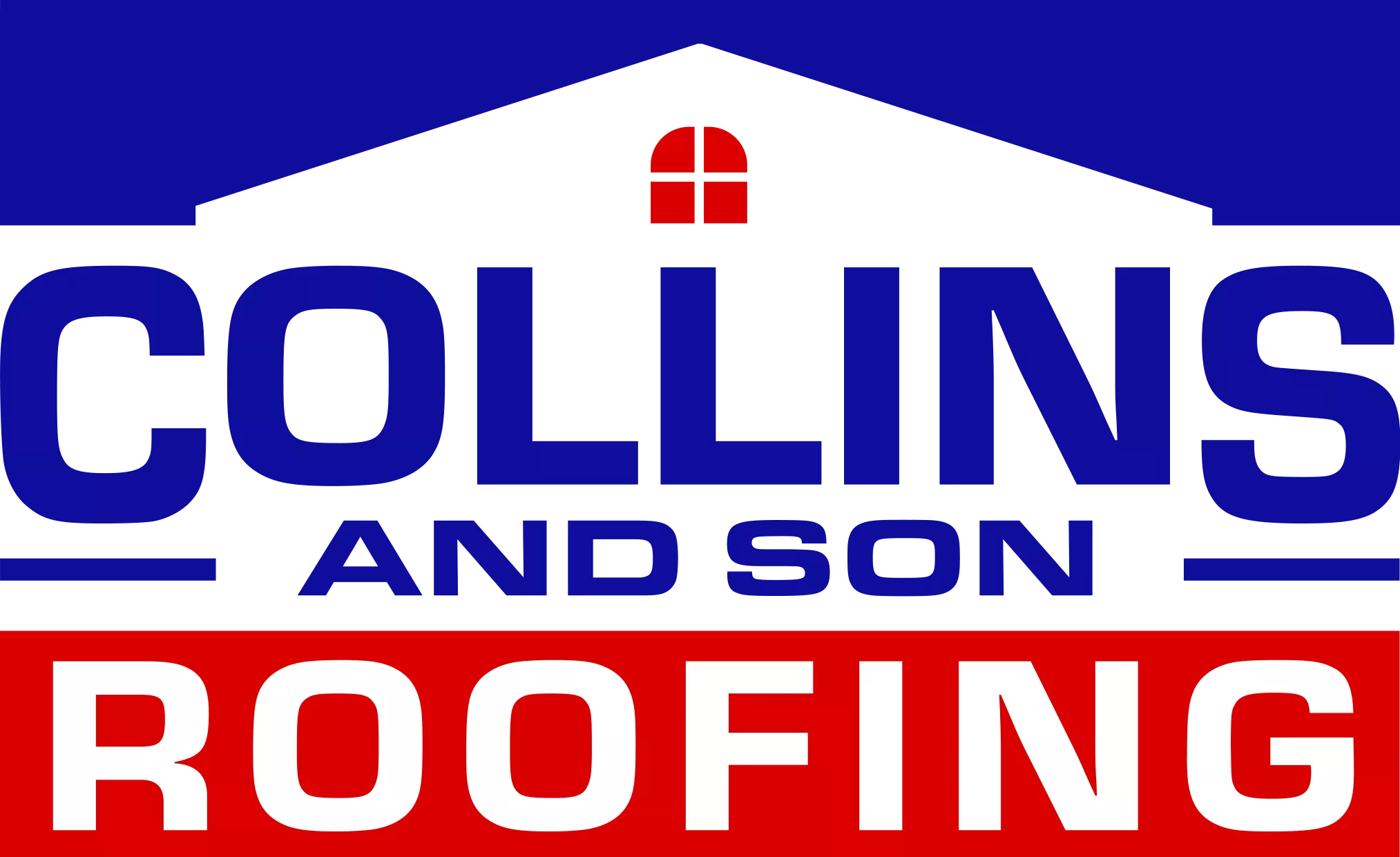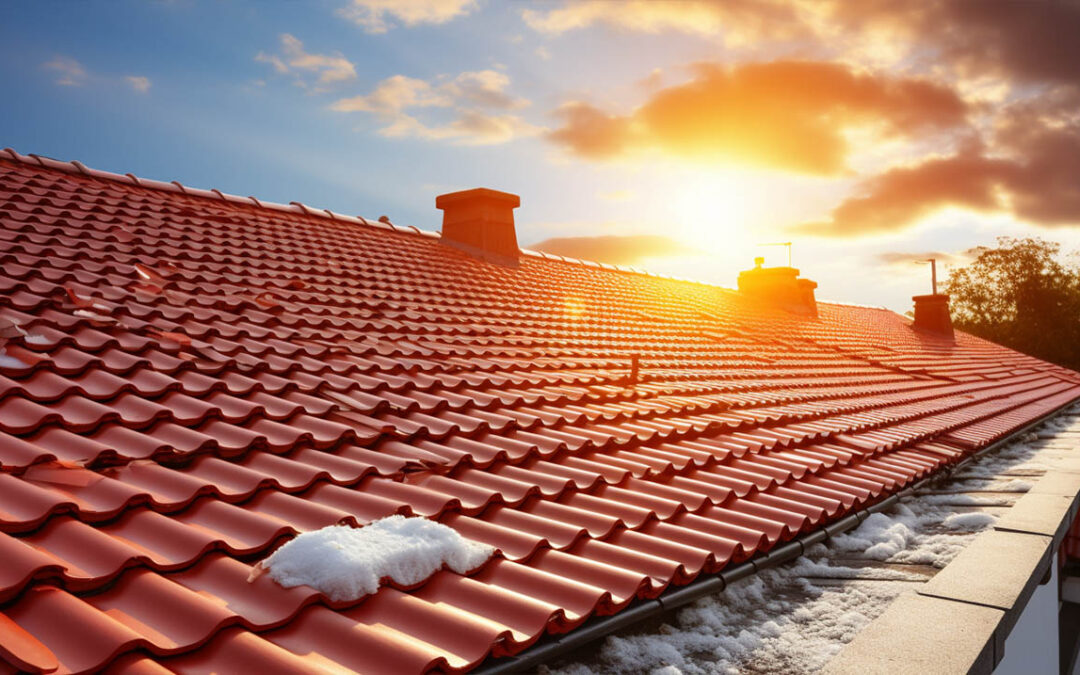Roofs are the first line of defense against the elements, and they face a myriad of challenges daily. One of the most significant challenges is the heat, which can have profound effects on the roof’s longevity and performance. In this guide, we delve deep into the impact of heat on roofs and offer insights on how to ensure your roof remains in top condition.
The Science Behind Heat and Roofing Materials
Heat causes materials to undergo expansion and contraction. This phenomenon is not limited to metals but extends to roofing materials as well. Continuous exposure to extreme heat can lead to:
- Expansion and Contraction: The repeated cycle of expansion during the day and contraction at night can weaken the roof’s structure. Over time, this can result in cracks, gaps, and compromised seals, making roofs more susceptible to leaks and water damage.
- Deterioration of Materials: Prolonged exposure to high temperatures can hasten the aging process of roofing materials. For instance, asphalt shingles might become brittle, losing their protective granules. This makes them vulnerable to damage from other elements like wind and hail. Similarly, other materials like wood, metal, or tile can also degrade faster under intense heat.
- UV Radiation: Along with heat, strong sunlight brings with it harmful ultraviolet (UV) radiation. This radiation can lead to color fading and weaken roofing materials. A faded roof not only loses its aesthetic appeal but also becomes less efficient in reflecting heat, leading to higher energy bills.
The Domino Effect: From Roof to Home Interior
Heat doesn’t just stop at affecting the roof; it can have a cascading effect on the home’s interior. A significant concern is:
- Heat Accumulation in the Attic: If an attic is not adequately insulated or ventilated, it can become a heat trap. This not only increases energy consumption but can also damage the roof structure from within. Proper insulation and ventilation are crucial to prevent this buildup and maintain a comfortable indoor temperature.
Proactive Measures for Heat Protection
Collins & Son Roofing recommends several measures to counteract the effects of heat:
- Ventilation: Ensure your roof has proper ventilation. This allows hot air to escape and cool air to circulate, reducing the overall temperature.
- Reflective Materials: Consider using reflective roofing materials or coatings. These materials minimize heat absorption, keeping the roof cooler.
- Regular Maintenance: It’s essential to have regular roof check-ups. This helps in identifying and addressing any heat-related issues promptly. Collins & Son Roofing, one of the leading roofing companies in Conway AR, emphasizes the importance of timely repairs and maintenance.
- Insulation: Adding insulation to your attic can significantly reduce heat transfer, leading to energy savings. It’s a step that can have both immediate and long-term benefits.
- Professional Guidance: Always seek expert advice when selecting roofing materials. Depending on your region’s climate, some materials might be more suitable than others. For instance, metal roofing in Conway AR might be an excellent choice for its reflective properties.
In Conclusion
Understanding the effects of heat on your roof is paramount for its maintenance and longevity. By being proactive and implementing the measures mentioned above, homeowners can ensure their roofs remain resilient against the scorching heat. Remember, a well-maintained roof not only protects your home but also enhances its value. So, if you’re looking for a roofing service in Conway AR or need advice on roof repair in Conway AR, Collins & Son Roofing is here to assist. With our expertise and commitment to quality, we ensure your roof remains in top shape for years to come.

